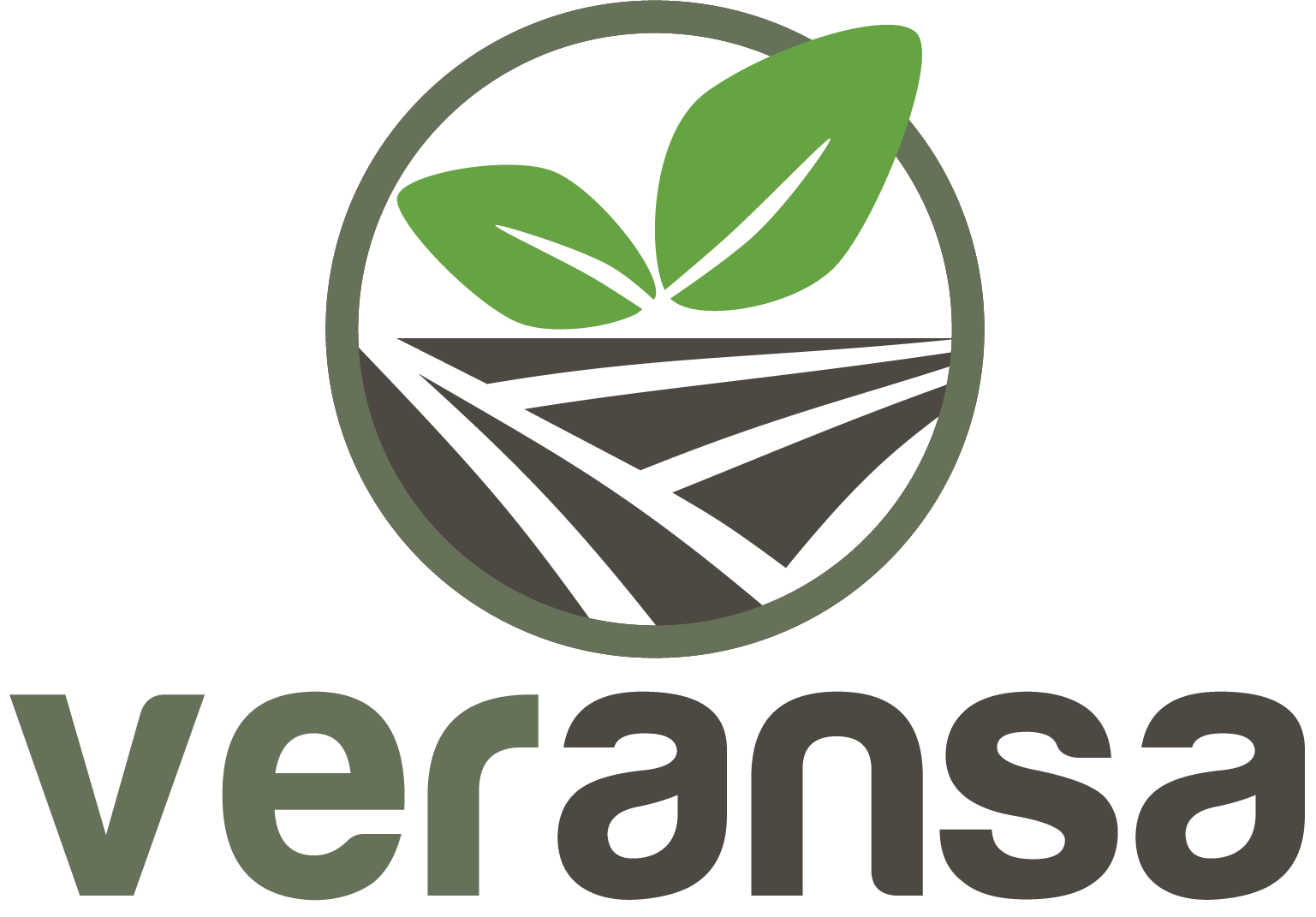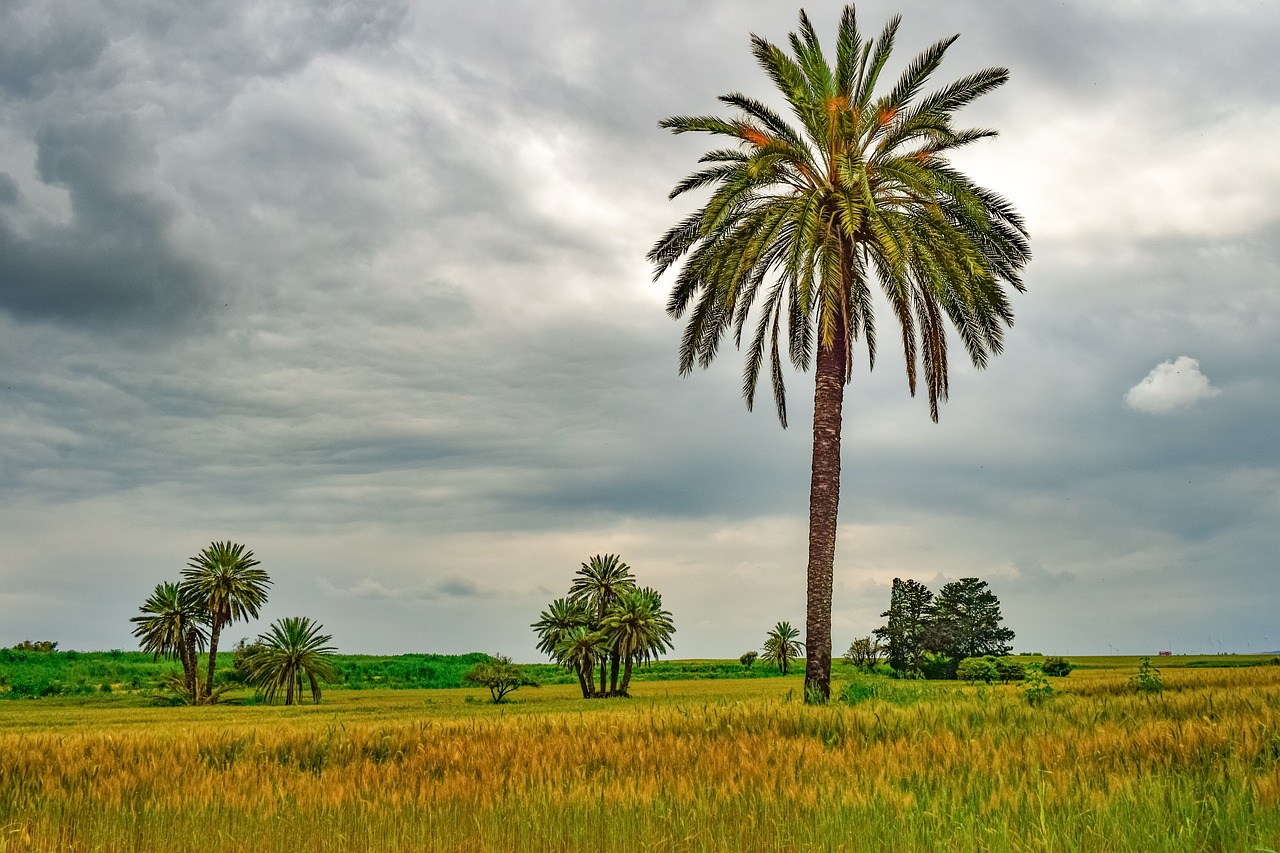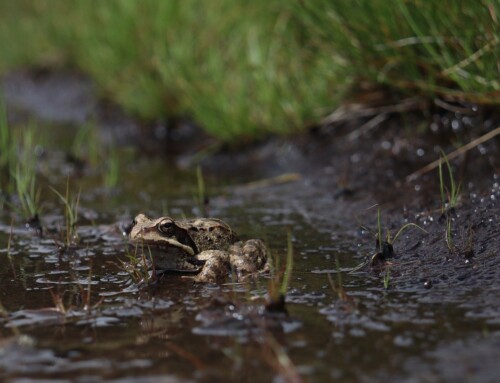Palm trees are iconic in Florida – there is just something about living under majestic, swaying palms that makes you feel like you are in a special location. There are many types of palm trees that you can choose from, ranging from diminutive pygmy palms to line your driveway to towering coconut palms that can climb to 100 feet. However, just like any tree, what goes up sometimes comes down – and you may have to find ways to dispose of palm fronds, branches, and trunks. You may wonder – can palm trees and fronds be composted?
The short answer is yes! In this article, we will discuss the different parts of the palm tree and how you can recycle them to help the planet.
Seven Questions Answered: Palm Trees
-
- Can you compost palm leaves? Palm leaves make great fantastic compost because they’re so high in nitrogen. But there are some things to know. You’ll need to chop them up into small pieces before composting so they will deteriorate more easily. But don’t compost palm fronds with your other yard or food waste. Certain varieties of palm trees have leaves, seeds or cones that produce toxins dangerous to humans and pets. Fast Facts: Other trees that are inappropriate for composting include beech, oak leaves, holly, and sweet chestnut. Black walnut and eucalyptus leaves contain natural herbicides that will sabotage your garden.
- Can palm leaves be mulched? Fallen leaves and palm fronds make great mulch for garden beds. The leaves help maintain moist soil and prevent erosion. FYI: Mulch is good for palm trees in your yard, but too much of it can result in trunk rot.
- What palm leaves can’t be composted? Pesticides and preservatives can be exceptionally harmful to beneficial organisms, so you may not want to compost plant leaves that have been treated with chemicals.
- How long does it take for palm leaves to decompose? Palm fronds can take up to 50 years to decompose when left to themselves, so it is necessary to help them speed up the process. You can add fronds into moist plant material that decomposes more rapidly.
- What are dead palm tree leaves called? Old or dead palm tree leaves are called fronds and should be a target for pruning. They are brown or yellow and may be encouraging pests underneath. Removing fronds will enhance the tree’s appearance and help support its health. Palm trees in your yard should be routinely trimmed.
- Should palm tree leaves be cut? Removing dying or dead fronds from a palm tree is vital for overall health. However, it’s important not to over-prune the tree, as this may put undue stress on the palm tree and make it more vulnerable to pests.
- What can palm tree trunks be used for? If you have palm trees on your property that have died, you may want to cut them down and remove them completely. Dead trees can become an absolute magnet for pests and unwanted critters, and rotten or decaying branches and trunks can be hazardous, especially in storms.
If you remove dead branches and tree trunks, you can chip or grind them to create both natural mulch and compost in your yard. Another excellent option is to drop the tree trunks off at one of Veransa’s five area locations. We collect wood, green, and yard waste and transform it into organic products. The soil amendments we manufacture return vital nutrients to the local environment while helping homeowners and landscapers to grow beautiful crops and plants naturally.
At Veransa, we are working to perfect the green loop, which protects and encourages the thriving natural environment in Florida.




